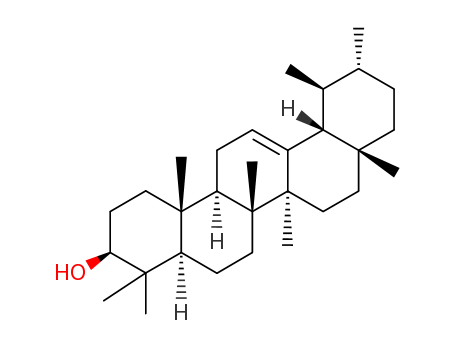10.1021/jo01017a002
The research explores novel rearrangement reactions of pentacyclic triterpenes, aiming to develop a general approach for synthesizing naturally occurring triterpenes like friedelin from α- and β-amyrin. The study investigates oxidative rearrangements, such as the conversion of β-amyrin to taraxerene derivatives through photooxidation and chemical reactions involving hydrogen peroxide and acids. Key chemicals include α- and β-amyrin, chromic acid, lithium aluminum hydride, and various reagents like peracetic acid and osmium tetroxide. The research concludes that specific oxidative conditions can drive rearrangements to less stable carbon skeletons, providing a method for synthesizing complex triterpenes. This approach involves coupling rearrangement steps with exothermic reactions, such as electrophilic addition to carbon-carbon double bonds, to overcome thermodynamic barriers and achieve desired triterpene structures.





